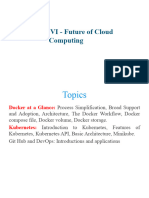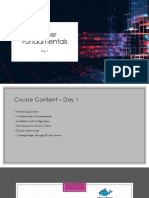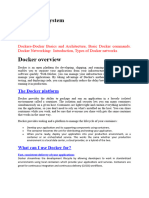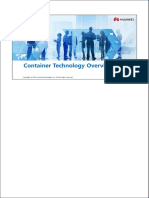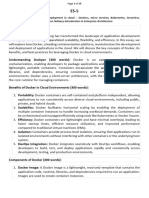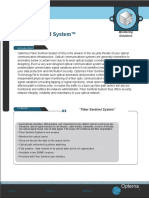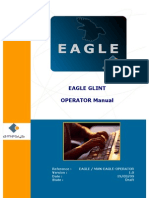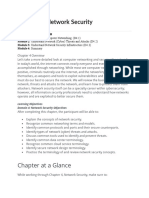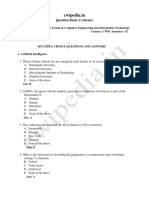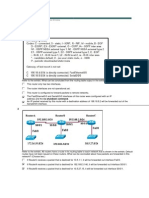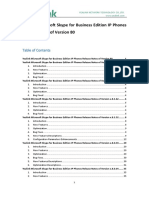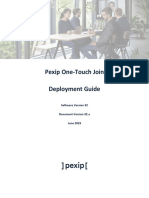0% found this document useful (0 votes)
152 views11 pagesDocker Fundamentals: Kalyan Reddy Daida
This document provides an overview of Docker fundamentals. It discusses problems with traditional infrastructure approaches, such as time-consuming installation and configuration, inconsistencies across environments, and high operational costs. It then introduces Docker as a solution, describing how Docker uses containers as lightweight and portable packages that share resources to deploy applications flexibly across environments. Key Docker concepts are defined, including images, containers, the Docker daemon, Docker client, and Docker registry.
Uploaded by
roger aCopyright
© © All Rights Reserved
We take content rights seriously. If you suspect this is your content, claim it here.
Available Formats
Download as PDF, TXT or read online on Scribd
0% found this document useful (0 votes)
152 views11 pagesDocker Fundamentals: Kalyan Reddy Daida
This document provides an overview of Docker fundamentals. It discusses problems with traditional infrastructure approaches, such as time-consuming installation and configuration, inconsistencies across environments, and high operational costs. It then introduces Docker as a solution, describing how Docker uses containers as lightweight and portable packages that share resources to deploy applications flexibly across environments. Key Docker concepts are defined, including images, containers, the Docker daemon, Docker client, and Docker registry.
Uploaded by
roger aCopyright
© © All Rights Reserved
We take content rights seriously. If you suspect this is your content, claim it here.
Available Formats
Download as PDF, TXT or read online on Scribd
/ 11






